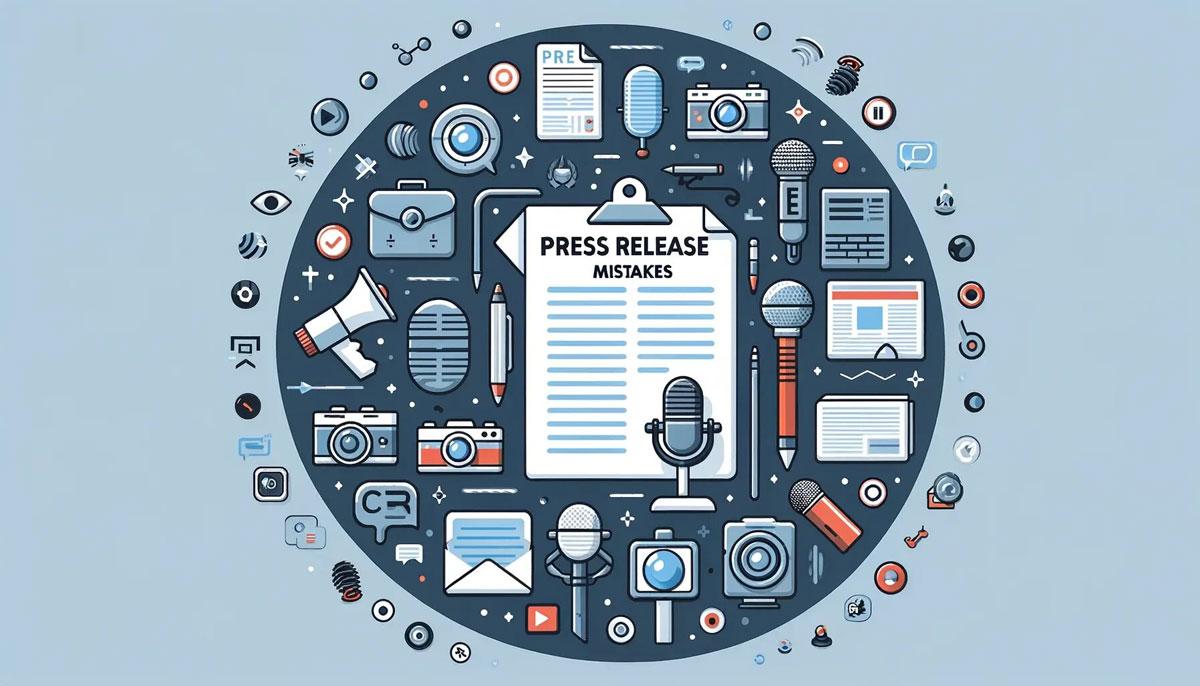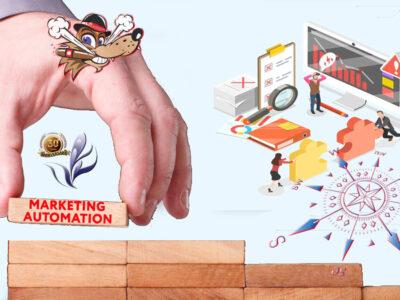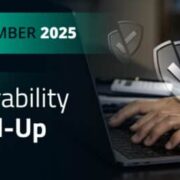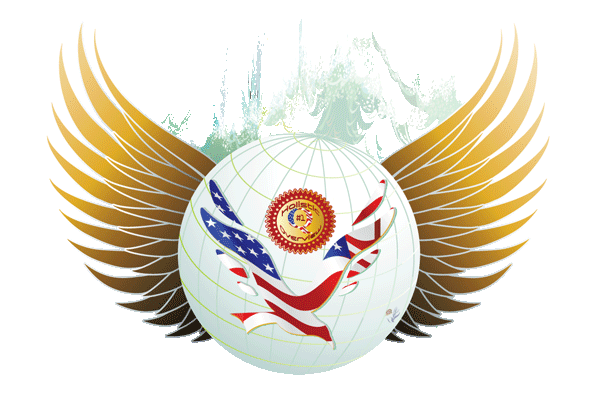Post Views: 1,517
Press releases are a vital part of a company’s communication strategy. Sharing news through a press release is a fine line to walk.
The content within it must be informative, but at the same time, it should also be newsworthy and have an easygoing tone, to deliver information to journalists and media outlets. Both amateur and experienced writers can make mistakes, especially when time is of the essence.
But a poorly developed news release fraught with typos, inadequate information, broken links and other errors is a sure-fire way for editors and journalists to toss your release. If you want to get your story out to your target audiences and beyond, it’s important to avoid these common errors.
Its primary role is to inform the media about significant developments, such as a product launch, a major company milestone or an important event. If you try to use it as a sales pitch or promotional material, reporters might see it as a marketing gimmick – leading them to ignore it.
Let’s examine common mistakes marketers make when crafting press releases.
Continue Reading
1. Failing To Provide a Newsworthy Angle.
Editors won’t publish something that isn’t timely, interesting or relevant to their target audiences. While a new warehouse may be exciting for your company, it isn’t impactful to an editor unless it involves a revolutionary change to an international supply chain system.
2. Neglecting an Engaging Headline.
A news release’s headline is the first thing journalists and readers see. A dull or long headline can spell disaster from the start.
3. Ignoring the Inverted Pyramid Structure.
Journalists follow the inverted pyramid structure in which the most critical information appears in the lead paragraph and additional details are presented in descending order of importance. An effective news release is easily understood entirely by reading just the first paragraph.
4. Not Following Journalistic Writing Style.
Most publications use Associated Press (AP) style. Following these guidelines in your news release makes it easier for journalists to cut and paste directly from your release without heavy editing.
5. Trying To Cover Too Much Information.
A news release should stick to one topic and should be between 300 and 500 words, with 400 words being the idea target.
6. Making Your Press Release Sound Like an Advertisement.
Journalists are looking for news, not “puff pieces” that promote your company, its executives, products or services. If your news release reads like an advertisement, it will be rejected, wasting valuable time and resources.
7. Failing To Include Credible or Usable Quotes.
Authentic and engaging quotes from key figures in your organization or expert opinions add depth and credibility to your press release. Additionally, they save journalists time.

8. Not Including Multimedia Elements.
When possible, include original photos, videos, infographics and other visual elements to increase journalist and reader attention and engagement.
9. Failing to Include Helpful Links for Readers
Links in press releases provide value for journalists, target audiences and your business, connecting readers to additional information that cannot be included in a 400-word press release.
- If your release is about an upcoming event, include a link to a web page where readers can purchase tickets.
- If your release announces a product launch, link to the landing page where your audience can watch a product demo, view a sample or access an introductory offer.
Links in press releases drive web traffic, attract leads and track performance.
10. Not Proofreading
Nothing discredits your organization faster than typos, grammatical errors or factual inaccuracies in your press release. Always proofread your work and, if possible, have others review it as well. Call the phone number in the contact information and test every link to ensure all information is accurate and works properly.
11. Omitting Contact Information
Feature your contact information prominently at the top of the press release. Without clear and accurate contact details, journalists may abandon your story altogether. Also, include contact information in the body of the release for readers so they can reach out to your organization for more information.
12. Targeting the Wrong Audiences
Sending mass pitches is the fastest way to end up in journalists’ spam folders. Identify the most relevant media outlets, journalists and influencers for your news. If you send releases by email, take the time to send them one at a time. Bulk email to multiple journalists can trigger spam filters or even block your email address so journalists may not ever see your release. Instead, send your release to individual journalists with a personalized pitch that briefly describes why their audiences would value your news. For wider distribution, press release distribution services like Newswire and eReleases allow you to target your story to specific industries, locations and influencers most likely to cover your news in addition to broad exposure through news wire services. Reporting on coverage is an added benefit.
13. Sending at the Wrong Time
Choosing the wrong time to send your press release can result in it getting lost in the shuffle. Avoid weekends, holidays and during major news events when possible.
To optimize open rate and exposure, send your press release in the morning Tuesday, Wednesday or Thursday.
14. Not Using Multiple Distribution Channels
A common mistake is not treating a press release like other pieces of marketing content. In addition to sharing the press release directly with journalists by email and distributing it through a service, share it on social media, distribute it internally to employees and other stakeholders, incorporate it into sales collateral and include it in newsletters.
15. Not Publishing to Your Website
Posting your press release on your website is a good idea for multiple reasons.
- First, it allows you to link your press release from social media, email and other channels, driving readers to your website.
- Second, it adds to the credibility of your business when site prospects conduct research as part of their buying journey. Ideally, you should feature press releases on a dedicated media or news page on your website.
When posting the release to your website, modify the content to prevent a potential penalty from Google for duplicate content. By using your website’s SEO optimization tool, tweak sentence length, add subheads, insert keywords and incorporate internal links to make it more likely that your release will be found online by journalists and target audiences.
16. Not Tracking Performance
Reporting and analytics let you know where your release was published, if you’ve met the goals set for your release, how you can improve future press releases and provides insight into how to better target your audiences. Press release reports from distribution services track metrics including which outlets covered it, the number of shares your release earned, and how many people clicked on the links. They also may include information about the individuals who read the release such as location, age, income, and marital status. This information can be used to inform future campaigns.
Provide Reporters with what they need and are looking For!
A well-developed marketing program includes creating and distributing press releases when a newsworthy story emerges. But crafting a compelling news release is no easy feat, especially when the clock is ticking. Even if you have written hundreds of press releases, chances are you have sent one out that contained an error. Even the smallest error can spell disaster.
Journalists and editors are always looking for timely, unique and compelling stories. By avoiding common mistakes and creating releases that give them what they are looking for, marketers can earn the positive media coverage they seek.
Keep your Press Release clear, focused and visually interesting
to get the best results!
Discover More:


















Comments